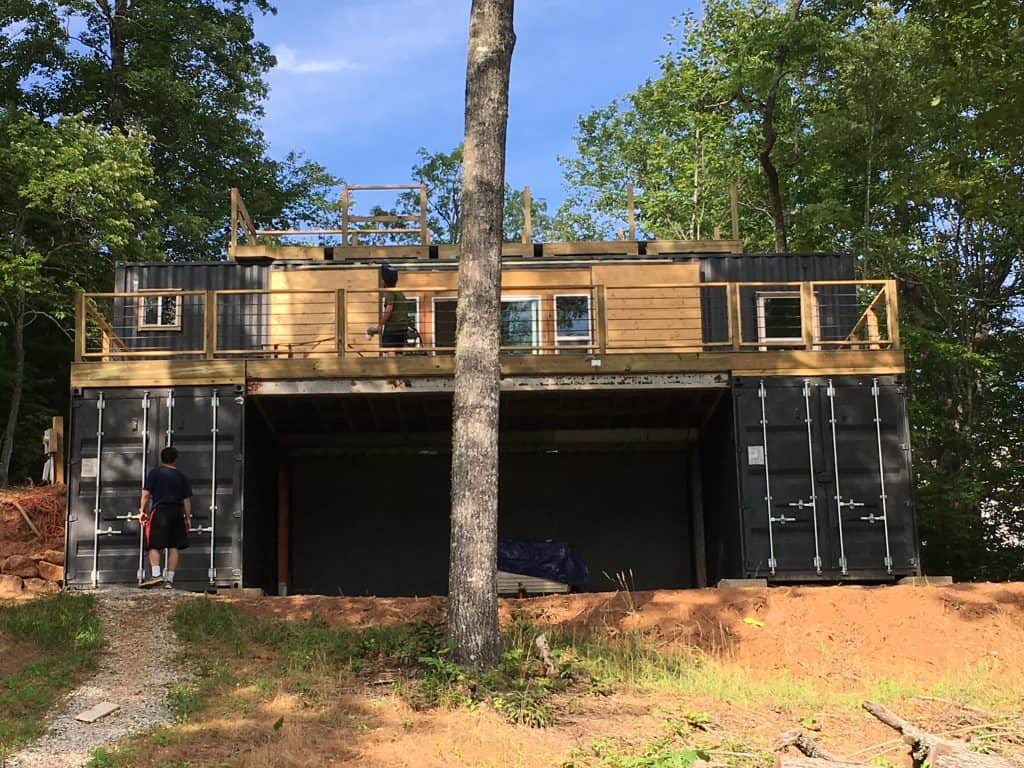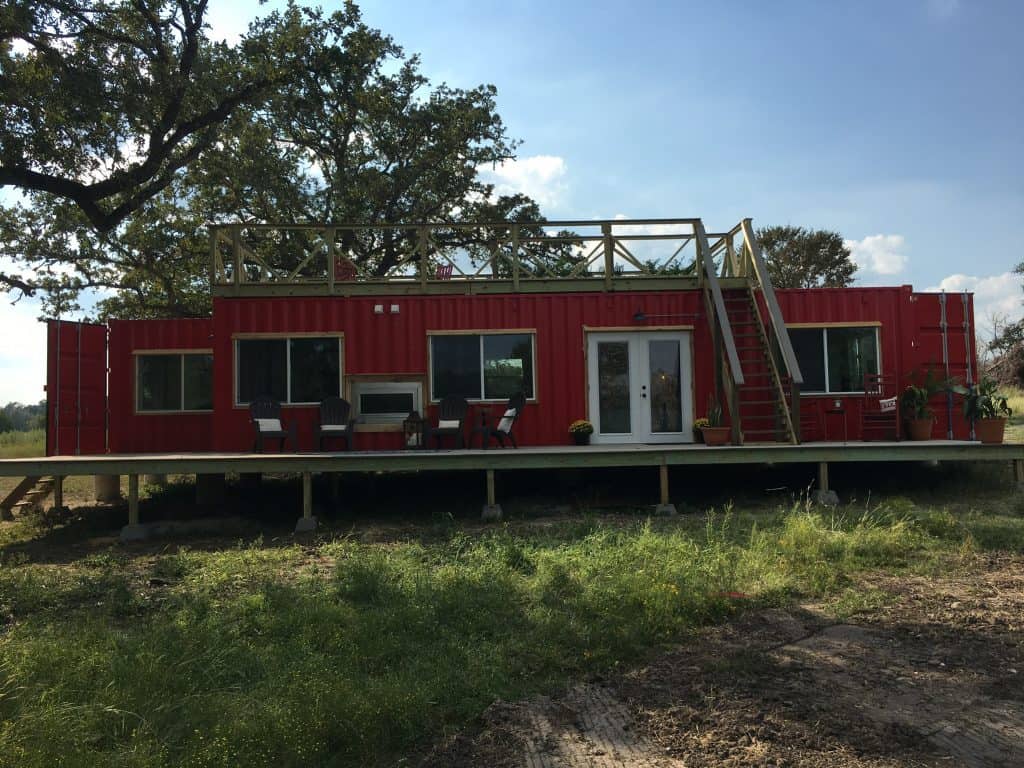Container houses are growing in popularity as they are an inexpensive housing option. Traditionally, container houses have been used as emergency shelters, but now they are a sustainable housing solution. You will find multiple builders offering tiny house containers at TinyHouseMe. We simplify the search for quality container homes and ensure you get competitive prices on the best models. The only thing is that the container home must be modified to make it liveable. Here, the biggest challenge is the insulation of the container home. Whether you have to deal with the Texas summer or the frigid Minnesota winters, a well-insulated container home will keep the place cool in summers and warm during winters.
Why does the tiny house container need insulation?
You must insulate the container houses if you want an energy-efficient and comfortable living space. Here are a few challenges you might face if you do not insulate the container home.
Condensation – Your container home will feel like a tropical rainforest if not protected with insulation. The container home will behave like a cold can of beer left out on a hot day – which means condensation occurs and water vapor travels through the framed walls just like water through the submarine’s screen door. This moisture results in mold and, subsequently, rust on the surface of the container home.
Radiate heat and cold – Metal container homes are excellent conductors of cold and heat. Winters can turn your container home into an icebox without insulation. Similarly, the scorching summer heat will make living inside container homes unbearable with excess heat and humidity.
Therefore, only with proper insulation your tiny house container can become a comfortable living space. Proper insulation can help you control moisture and will prove to be an energy-efficient solution in the long run.
How to insulate the container home?
To insulate the structure, you need to determine the class of container houses:
Cargo Container Homes are raw metal boxes, and if you intend for housing applications, they need on-site thermal insulation.
Customized Container Houses (CCH) are factory-insulated units, and there is not much you can do to improve thermal insulation. This is ideal as you get to purchase a good quality model from a trusted builder. At TinyHouseMe, we help you connect with several tiny home models across US and Canada offering quality tiny house container structures.
Here are 5 simple ways you can insulate the container home:
Spray Foam Insulation
Spray Foam insulation is one of the quickest and easiest ways to insulate a tiny house container home. It seals the air leaks effectively as the material is sprayed directly on the exterior and interior walls of the container. Spray Foam insulation also creates a moisture barrier as it fills up gaps in the wall. However, since all Spray Foam insulation is not created equal, you should choose a product with expansive properties that might come with a higher price tag. Again, due to the chemicals involved, professional installation is highly recommended.
Rigid Foam Insulation
Made from plastic like PUR (polyurethane), PIR (polyisocyanurate), polystyrene or fibrous materials like fiberglass, slag wool, or rock, Rigid Foam Insulation not only offers thermal protection but also serves as a moisture and air barrier. You can cut the panels of rigid foam insulation to fit them in the container’s floor, ceiling, and walls. It is relatively easy to install and offers excellent insulation. However, you should opt for materials with a high R-value and better thermal resistance.
Mineral Wool Insulation
Sourced from natural and renewable materials is Mineral Wool, which has a high R-value of 3.5 per inch. This fire-resistant material offers excellent thermal and sound insulation. You will find different varieties in the market, and some Mineral Wool materials come with natural condensation control, absorbing up to 35% of its weight in water without any alteration of its thermal performance.
Cotton Insulation
Natural and recyclable cotton-based insulation has an RV value of 3.5 per inch, similar to traditional fiberglass insulation. The cotton insulation material is derived from used jeans and other clothing materials. This commercial denim insulation is also treated with boric acid and is fire-resistant. This insulation is VOC-free, but the only downside is that you might require a vapor barrier.
Cork Insulation
When discussing natural insulation alternatives, Cork, a biodegradable resource derived from trees, is worth mentioning. Cork trees do not need to be cut to harvest the Cork–just the bark of the trees is harvested every nine years. It is lightweight, easy to install, and has excellent acoustic properties.
Final Words
Depending on the insulation you choose, prepare a vapor barrier to prevent moisture inside the structure that might cause damage. After the insulation is installed, cover the material to seal and maintain the integrity of the insulation. This cover can be drywall, plywood, or anything you deem suitable. However, it is necessary to check the local building codes and regulations before you start working on container insulation. It’s a good idea to consult a professional before undertaking such a task. Opt for customized container homes that come with factory-insulated units at competitive pricing. At TinyHouseMe, we help you connect with several tiny house container builders across the U.S. and Canada. Sign up now to book your appointment with a local builder today!






